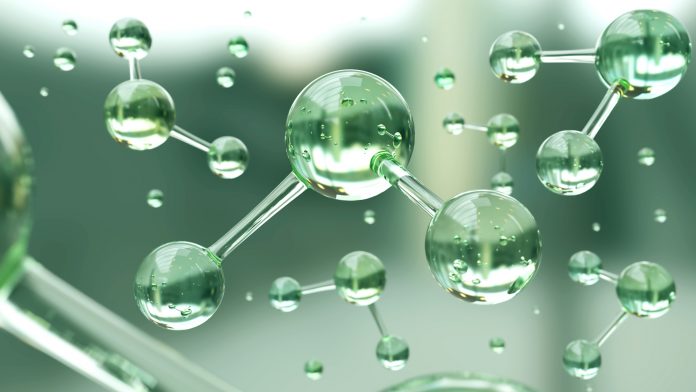A team of researchers, based in Japan, have developed a new catalyst that can assist three chemical reactions used in the hydrogen fuel industry.
Hydrogen offers great promise as a clean energy source, the use of which could allow nations to meet their zero carbon targets. An important factor for establishing hydrogen as an energy source is the development of catalysts. In the hydrogen industry, catalysts not only split hydrogen molecules to generate electricity but also bond hydrogen atoms to form the fuel.
Biological catalysts are present in nature. These catalysts, named enzymes, are capable of these same fundamental reactions. Each reaction requires a different type of enzyme, which can be grouped by the metals they contain.
Nature inspired chemistry
Research teams, led by Seiji Ogo from Kyushu University and Shinya Hayami from Kumamoto University, Japan, took inspiration from nature when developing their single catalyst that can perform all three reactions needed to produce hydrogen as fuel.
“Looking closely at key structures of the three types of hydrogenase enzymes in nature, we were able to design a molecule that could mimic all of these structures depending on where hydrogen attaches to it,” said Ogo, professor of Kyushu University’s Department of Chemistry and Biochemistry.
This new catalyst contains nickel and iron as the key metals. Depending on reaction conditions, hydrogen atoms will connect to the molecule in slightly different ways. This variation leads to the twisting of the molecule that categorises the atom and places it with its best suited task.
Enhancing natural enzymes
The enzymes in nature rely on different sets of metals to accomplish these reactions, however, this newly developed catalyst takes advantage of the molecular twist being enough to switch between structures similar to those of the three types of enzymes, thereby obtaining similar functions without changing the metals.
“In a way, we’ve created a molecule with a steering wheel on it,” explains Ogo. “By turning the steering wheel and twisting parts of the molecule, we can turn it into three different types of catalysts – one for fuel cells, one for hydrogen production, and another for hydrogenation.”
While the molecule may not yet be suitable for practical applications, it points toward the possibility of developing a single catalyst with multiple uses. More importantly, the better understanding of the catalytic processes afforded by this molecule can give crucial insight into natural enzymes and the development of future catalysts for realising a hydrogen-powered society.









